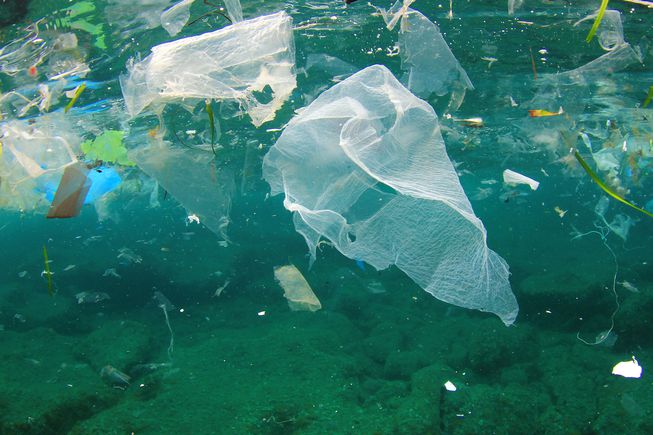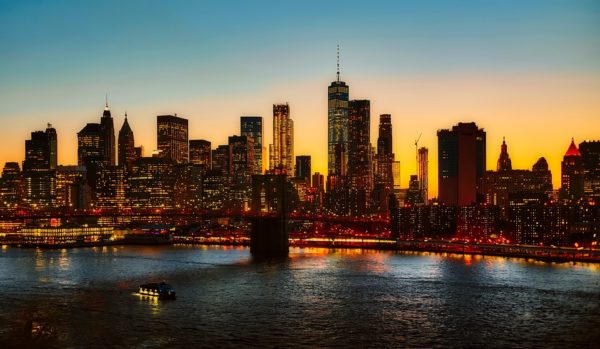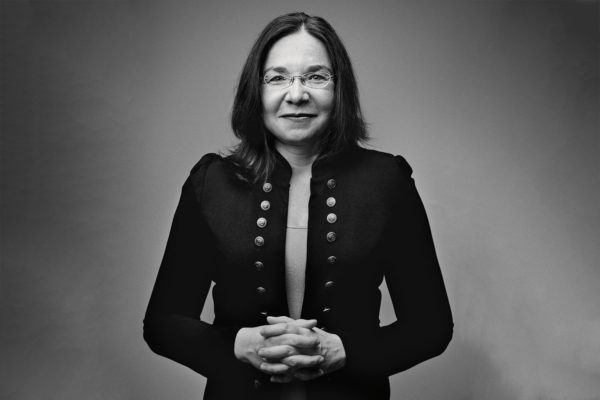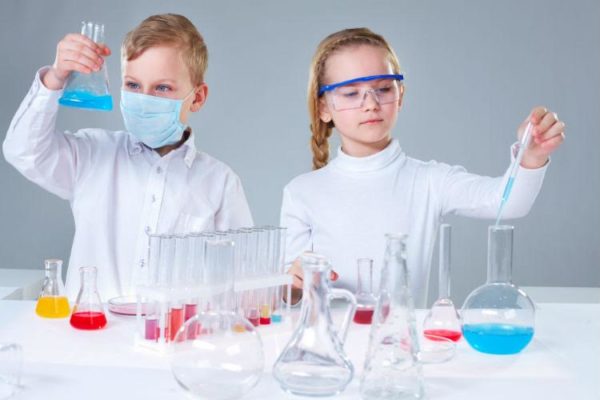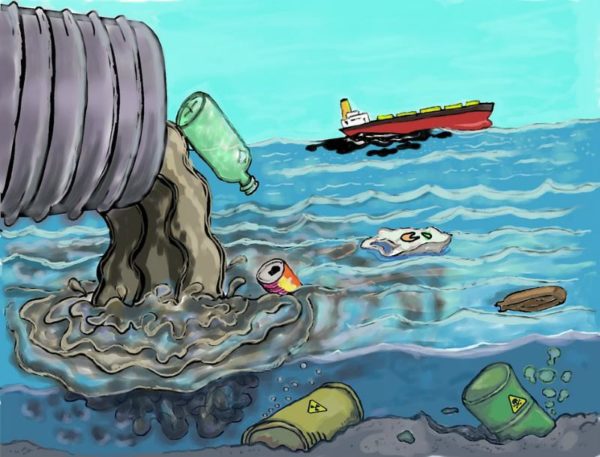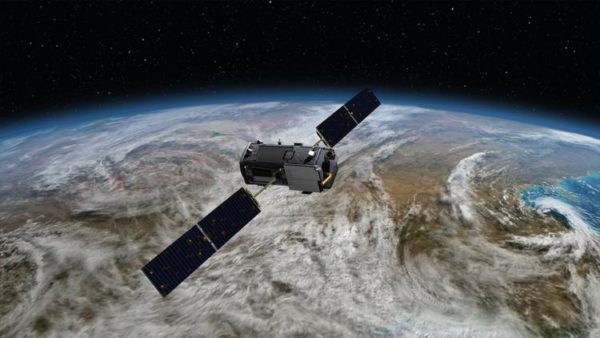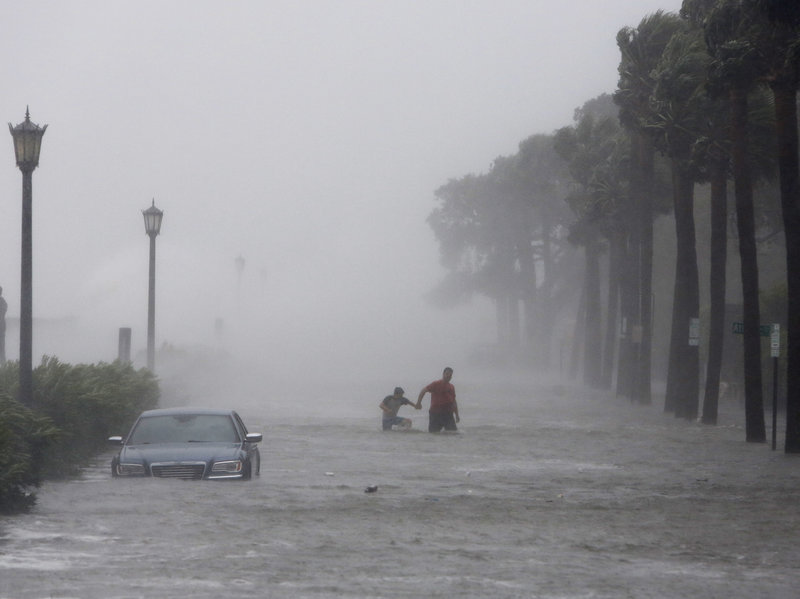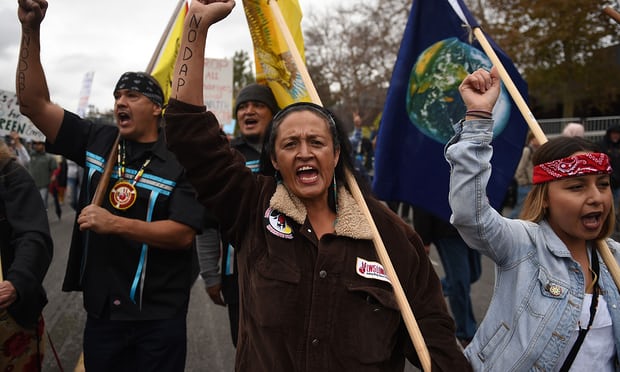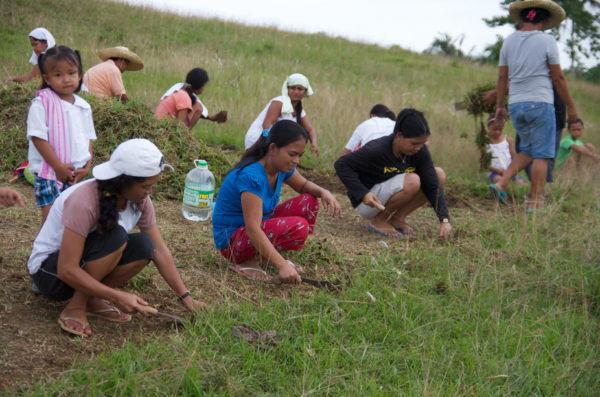Floating trash collector will try to scoop up the Great Pacific Garbage Patch
Continue reading... →We know. Global warming is daunting. So here’s a place to start: 17 often-asked questions with some straightforward answers.
Continue reading... →Officials in New York City on Wednesday announced a lawsuit against five major oil companies over infrastructure damage caused by climate change and plans to divest roughly $5 billion in fossil fuel investments from the city’s five pension funds. The announcement from Mayor Bill de Blasio came roughly a week after the Democrat was inaugurated for a second term. It marks his strongest action yet to address global warming and its associated sea-level rise, which devastated the city with massive flooding during Superstorm Sandy in 2012.
At a press conference Wednesday, de Blasio said that while there may have been climate change deniers in New York City before Sandy, he doubts there were any left afterward. The world, he said, is facing a “painful, horrible reality” and the city will “no longer participate in a system that endangers our very own people.”
In her 2009 book, co-authored with husband Andrew Farley, Climate for Change: Global Warming Facts for Faith-Based Decisions, Katharine Hayhoe wrote: “Most Christians are not scientists, and it’s hard to say how many scientists are Christians. In our family, we are both.” The Texas Tech atmospheric physicist, who’s also an Evangelical Christian, has long been one of the most vocal evangelists for the environment. Hayhoe has been featured in the James Cameron-produced TV series Years of Living Dangerously and once nominated as one of the most influential people in the world by TIME. She talks to WIRED about president Trump, clean energy, and, of course, climate change.
Continue reading... →It’s a well-known fact that STEM (Science, Technology, Engineering, and Math) careers pay well and have high job placement rates. Despite this, K-12 students show less interest in pursuing careers in STEM disciplines, partly because teachers don’t introduce them to STEM concepts until middle school or high school. Educators traditionally focus on math and language arts, rather than all parts of STEM in early school years.
Teachers are working to change this trend by broadening their curriculum to include more STEM and STEAM topics. STEAM refers to programs that focus on both STEM subjects and on the arts. In STEM and STEAM education, youth don’t learn what to think, but instead, are taught how to think and approach real-life problems critically. By fostering this interest early on, educators are paving the way for the present youth to be future leaders and innovators.
Every year we use massive amounts of plastic is another year that much of that plastic ends up in the oceans. Some estimates claim that over eight metric tons of plastic enter the oceans every year and others put it significantly higher. That constant influx of ever-increasing amounts of plastic can have some pretty devastating effects on both marine and terrestrial life, including people.
The oceans help protect our environment and maintain our world the way it is. As famed explorer Sylvia Earle likes to say, “No water, no life. No blue, no green.” This means the oceans are what allows life to flourish on our planet. The more polluted they become, the harder it is for our oceans to thrive. While we aren’t in danger of seeing them evaporate, we may be seeing another mass extinction event, and that would mean the seas could become essentially lifeless.
Continue reading... →Fires, drought and warmer temperatures were to blame for excess carbon dioxide in the atmosphere during the 2015-2016 El Niño, scientists with NASA’s Orbiting Carbon Observatory-2 say. The findings, part of five papers published in the journal Science, shed light on the mechanisms through which Earth “breathes” carbon dioxide, a potent greenhouse gas, and reveal how those mechanisms affect climate change. Global temperatures have been on the rise, thanks largely to the human-driven increase in greenhouse gases like carbon dioxide. But not all of the carbon dioxide produced each year ends up in the atmosphere. Some of it gets trapped in the ocean, or locked on land thanks to plants that use the gas during photosynthesis.
Continue reading... →Many believe the fight to combat climate change hinges on the aligned interests of capital and state. Give the Elon Musks of the world enough time and resources and they will innovate us out of impending climate catastrophe. Get the G20 in a room and they will hammer out a deal and create regulations to enforce it. Or so the thinking in some circles goes. Yet throughout history, the interests of the state have slid into alignment with big oil and big profits rather than lining up with our rivers, our air, our wildlife and our people. But the first people of this land, who often live on the frontlines of our metastasizing climate disaster, remain resolute. It is our sacred responsibility to protect and preserve this planet for future generations.
Continue reading... →Heavily exposed to increasing incidence of extreme weather events, the Philippines is among one of the countries most vulnerable to climate change in the world. Losses in rural areas, especially where there’s ongoing armed conflict, are not just financial. Across the world, climate and conflict are deeply intertwined and their negative effects mutually reinforcing. In the Philippines, this relationship is evident in Mindanao, a farming community on the country’s southernmost island. Despite peace efforts to end over 40 years of social and ethnic conflict there, hostilities remain. According to research conducted by the University of Queensland and Oxfam, the violence has particularly marginalized women, from female farmers to the widows of those killed in combat. In parallel, the area has also seen an increase in both typhoons and droughts over the past decade.
Continue reading... →